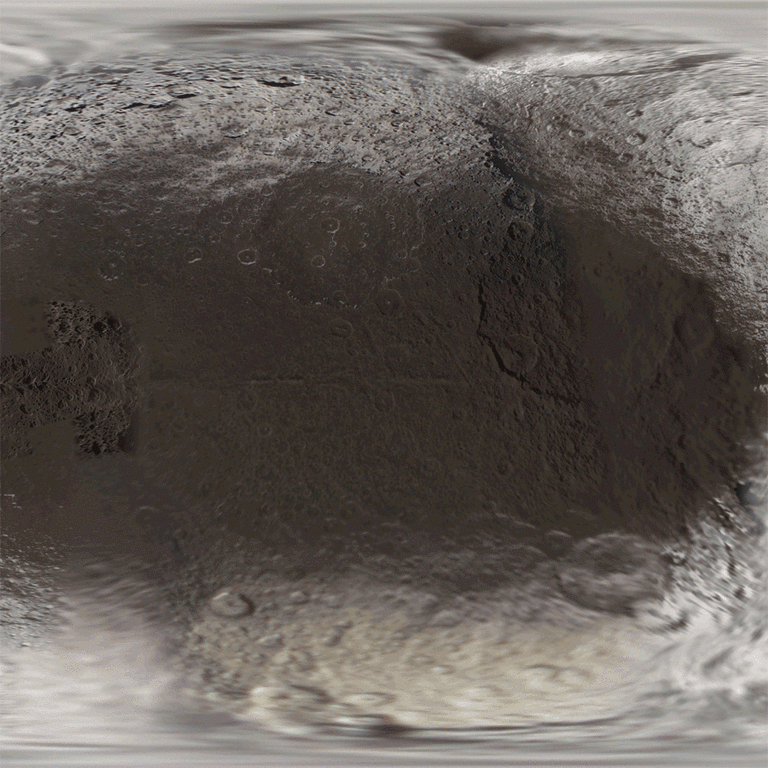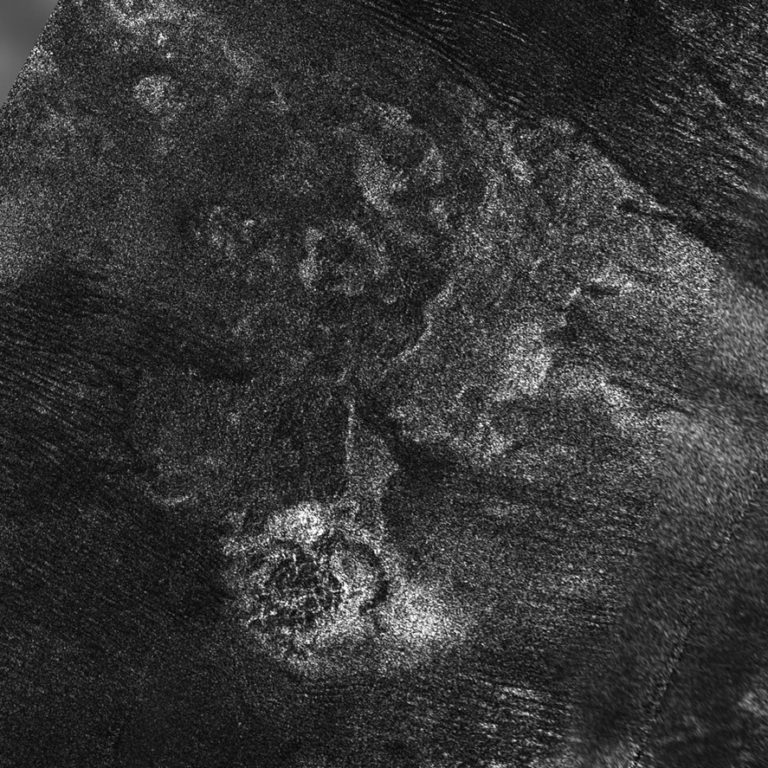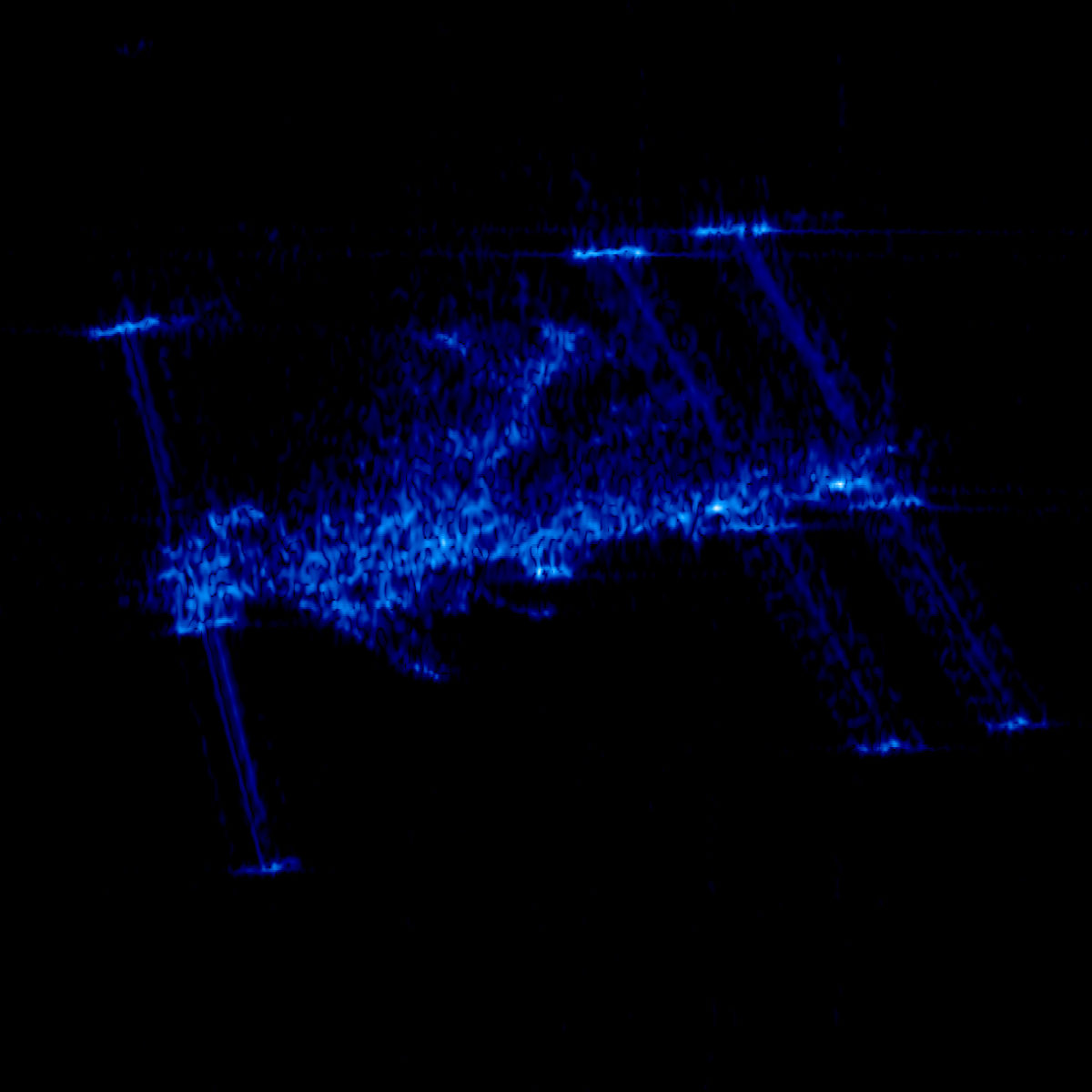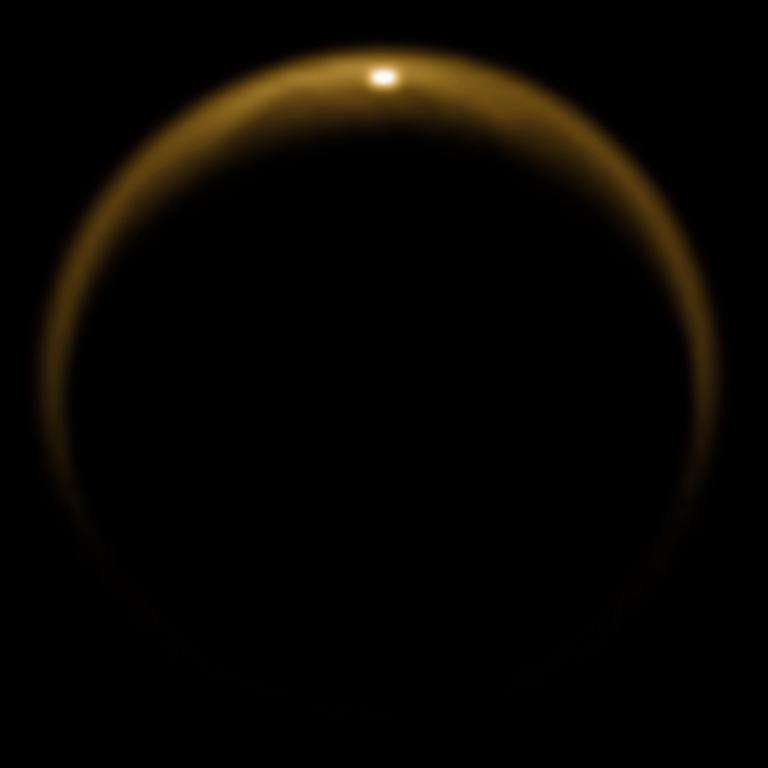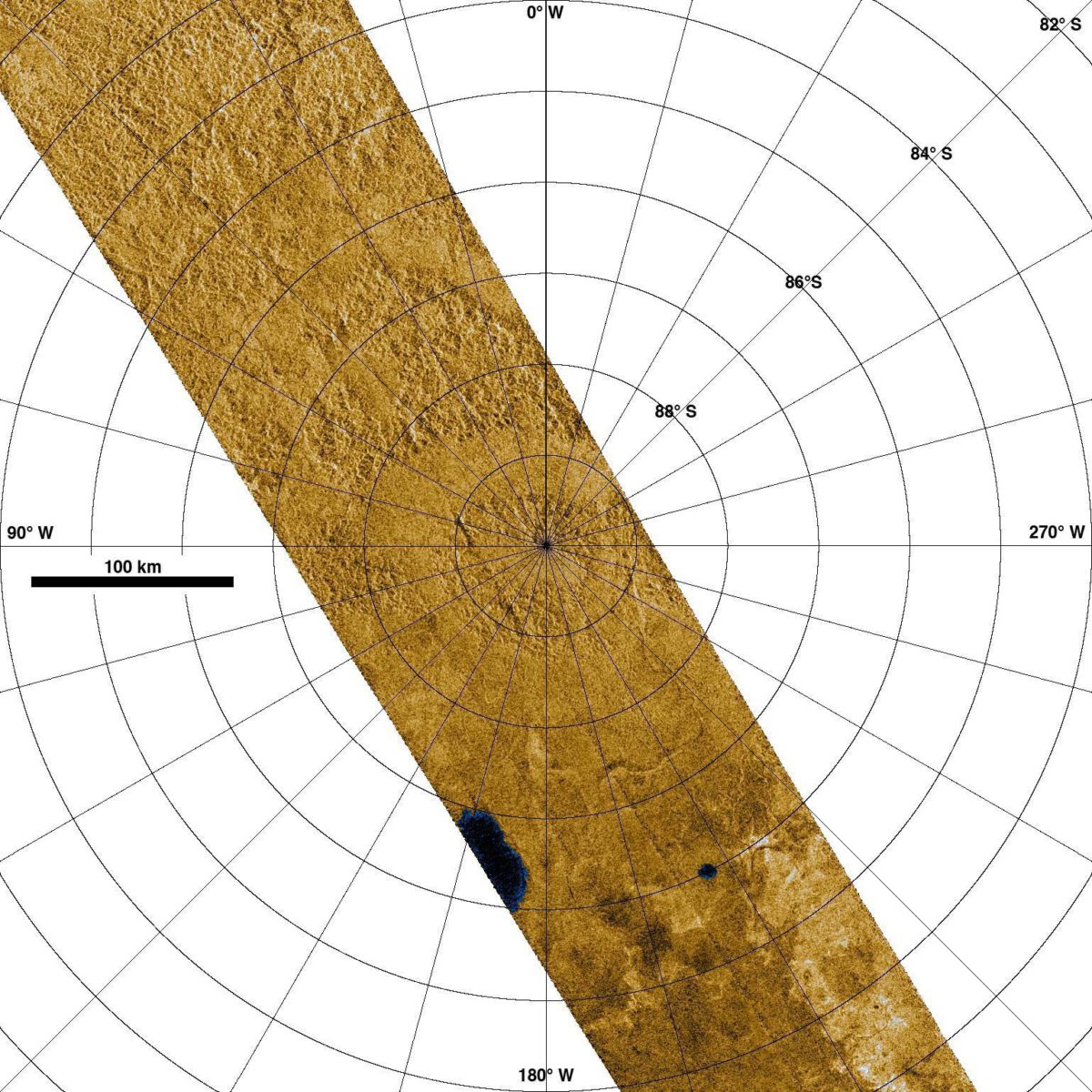All
All
Stories, updates, insights, and original analysis from The Planetary Society.
More radar images of icy moons from Cassini: Iapetus, Enceladus, and Rhea
When I posted about the really cool Cassini SAR images of Enceladus a few weeks ago, I initially wrote that this was the first-ever SAR image of an icy moon other than Titan. Several people (some readers and two members of the Cassini science team!) corrected that statement: Cassini has performed SAR imaging of other icy moons (including Enceladus) before.
First-ever high-resolution Synthetic Aperture Radar image of Enceladus
On the November 6, 2011 flyby of Enceladus -- the third such flyby in just a few weeks -- the Cassini mission elected to take a SAR swath instead of using the optical instruments for once. So here it is: the first-ever SAR swath on Enceladus. In fact, the only other places we've ever done SAR imaging are Earth, the Moon, Venus, Iapetus, and Titan.
Our friendly neighborhood asteroid, 2005 YU55 (an animation)
Last week JPL released two animations of asteroid 2005 YU55 made from the radar data acquired by Goldstone's 70-meter radio dish.
Goldstone: Desert outpost performs radio imaging of close-passing asteroid 2005 YU55
Anticipating the close flyby of asteroid 2005 YU55 yesterday, the Jet Propulsion Laboratory invited media to tour Goldstone, one of three facilities that make up NASA's Deep Space Network. I've always wanted to see these massive radio dishes up close, so I jumped at the chance!
How radio telescopes get "images" of asteroids
This is a repost of an article I wrote in April 2010; I thought it'd be useful reading for those of you interested in today's near-Earth flyby of asteroid 2005 YU55.
Titan crater and programming note
The summer is winding to a close but it's not quite over for me -- by which I mean my children -- yet.
Radar topographic view of a volcano
Quick -- where is this? Is it one of Venus' iconic volcanoes? Or maybe Mars'?
2010 JL33: How to see an asteroid from quite a long way away
A terrific set of Goldstone radar images of a good-sized near-Earth asteroids named 2010 JL33 was posted to the JPL website yesterday. They also posted a movie version but something about these pixelated radar image series absolutely begs for them to be displayed as an old-school animated GIF, so I made one.
Door 20 in the 2010 advent calendar (special news update)
Time to open the twentieth door in the advent calendar. Where in the solar system is this diffuse blob and stripy sea?
Arecibo images show Hartley 2 is elongated
Comet Hartley 2, the target for Deep Impact's close flyby (now just six days away!) made its closest approach to Earth on October 20, at a distance of 17.7 million kilometers.
Using Earth to Study the Moon
Exploring Earth analogues of space landscapes is a valuable activity that can help planetary scientists correctly interpret what their instruments are telling them.
How radio telescopes get "images" of asteroids [DEPRECATED]
Every time I post a radio telescope image of a near-Earth asteroid, I get at least one reader question asking me to explain how radio telescopes take photos, so I'm hereby writing a post explaining the basics of how delay-Doppler imaging works.
Arecibo saves us from another potentially hazardous asteroid
That's a bit of an overdramatic title, but it's true that the most efficient way for us to reduce the risk we face from asteroids that have a very small chance of hitting Earth in the future is to determine their orbits more precisely.
Pretty Picture: ISS in the X-band
This is from the
Cassini VIMS sees the long-awaited glint off a Titan lake
The Cassini mission announced today the first observation of a specular reflection off of a lake on Titan. A specular reflection is a mirror-like flash, and you only get one when you have a mirror-like surface -- very, very smooth.
Changes in Titan's southern lakes
Today's science press release out of the Division of Planetary Sciences meeting concerns changes in lakes near Titan's south pole observed during Cassini's mission. In brief, repeat Cassini RADAR observations of the same spots during different Titan flybys turned up places where there appeared to be dark lakes in earlier images and dry lakes in later images.
Proof for liquids on Titan
A press release from the Cassini VIMS team today is titled
Titan's south pole looks pretty dry
One of the major results from the Cassini mission last year was the production of a mosaic of images from its RADAR instrument covering Titan's north pole. Titan's north pole has lakes upon lakes, some big, some small, but everywhere you look, there they are.
News flash: Lakes at Titan's south pole, too, on top of the land of lakes in the north
Lakes have been spotted near the south pole of Titan before, in this image by the ISS team, which was considered compelling but not conclusive at the time.


 Explore Worlds
Explore Worlds Find Life
Find Life Defend Earth
Defend Earth


 Sun
Sun Mercury
Mercury Venus
Venus Earth
Earth Mars
Mars Jupiter
Jupiter Saturn
Saturn Uranus
Uranus Neptune
Neptune Small Bodies
Small Bodies